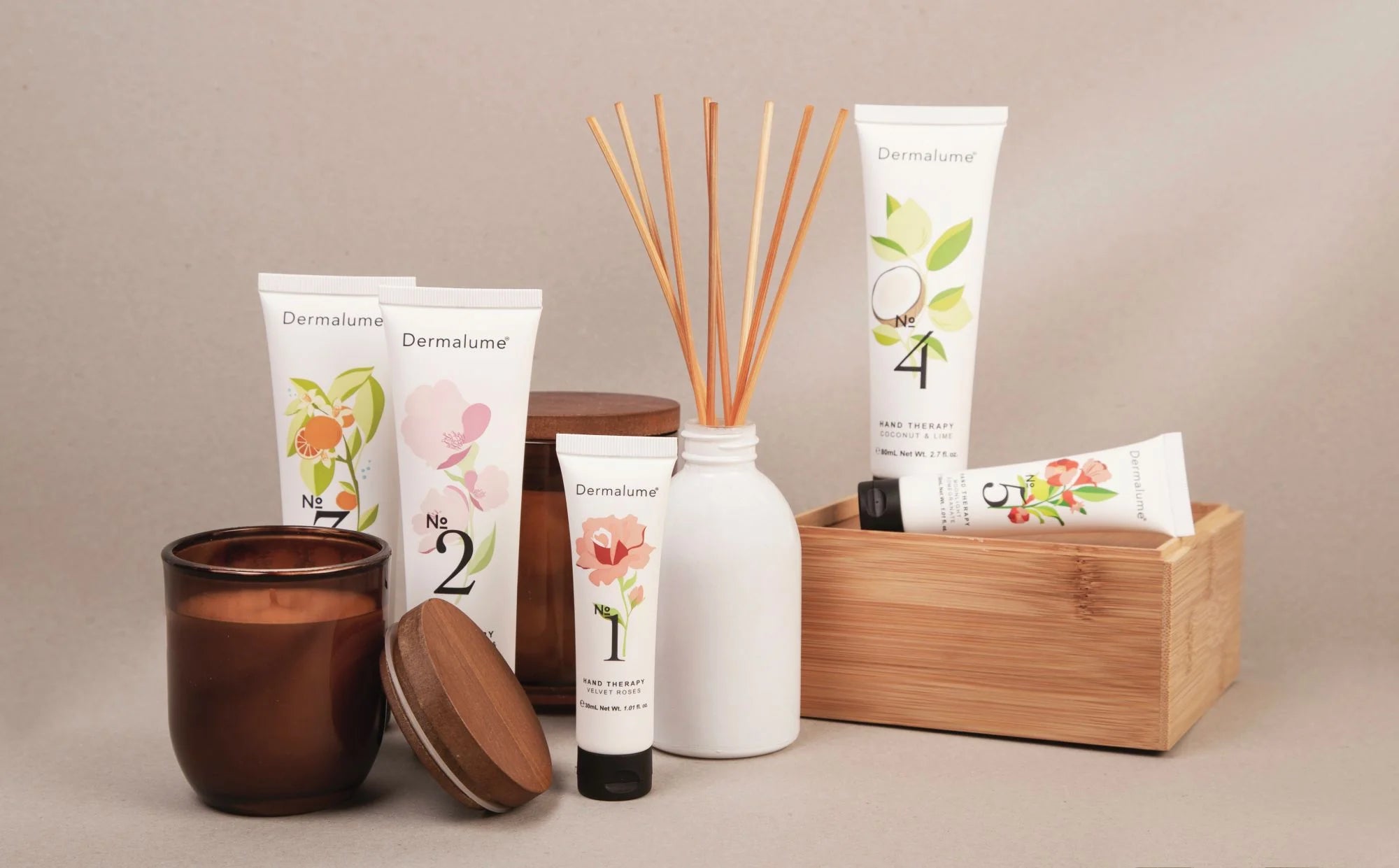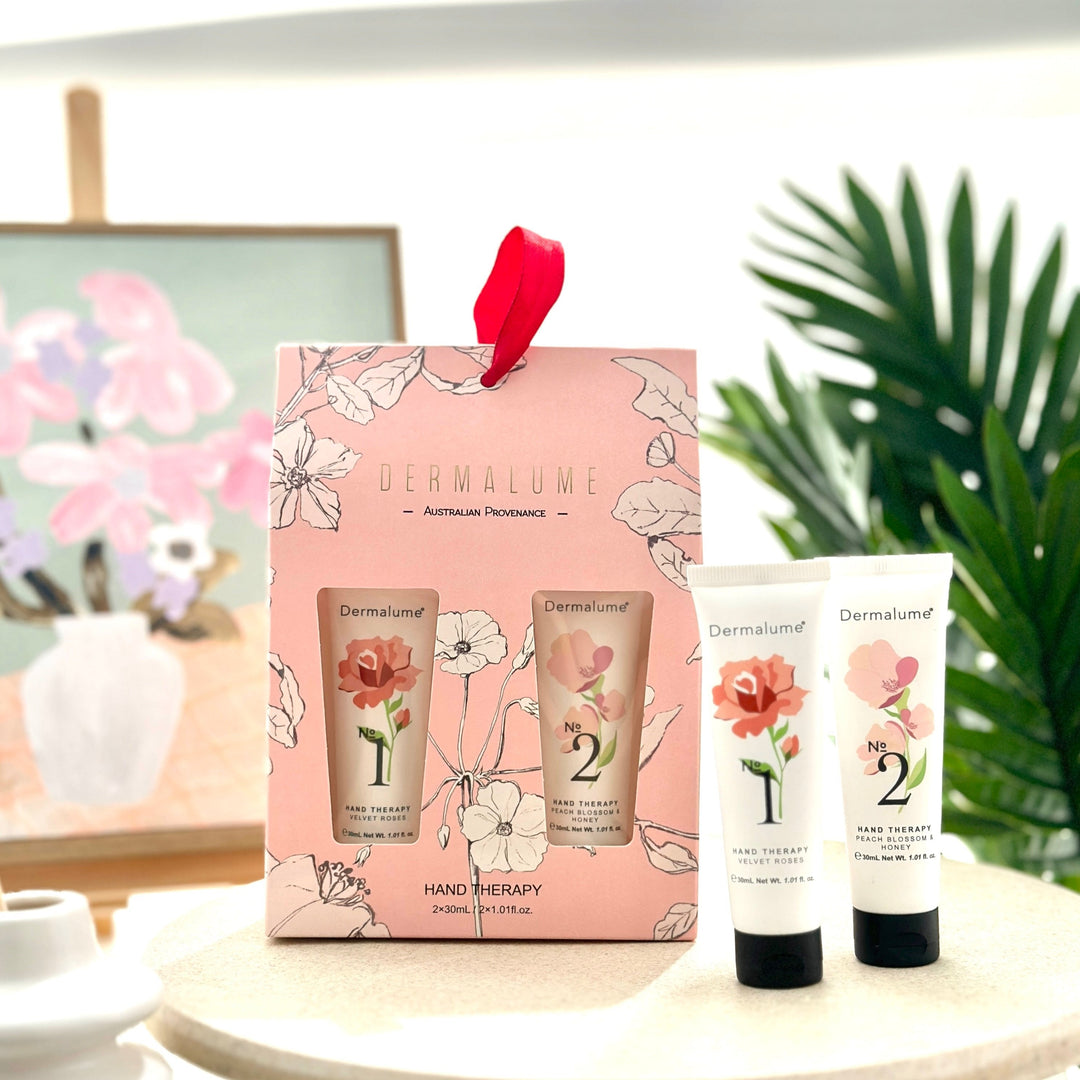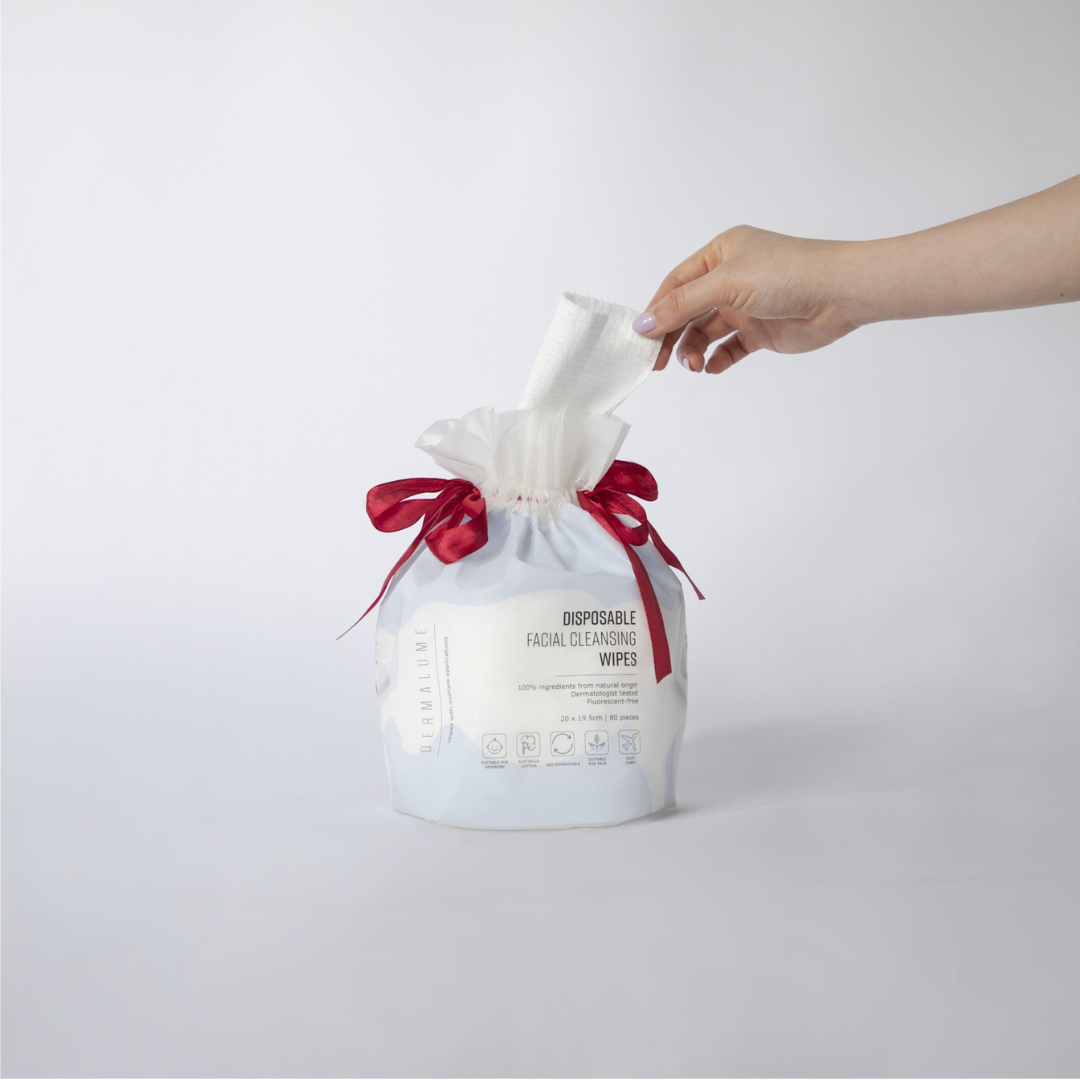Should I Do Face Masks Before or After Skincare? A Complete Guide Based on Skin Type, Mask Type & Timing
Should I Do Face Masks Before or After Skincare? A Complete Guide Based on Skin Type, Mask Type & Timing
Face masks are the indulgent ritual your skin craves—whether it's a 10-minute refresh or an overnight glow-booster. But many skincare lovers still wonder: "When exactly should I use a mask in my skincare routine?" And even more—"Which mask is best for my skin?" Let’s break it all down so you can mask with intention and confidence.
Understanding Your Skin Type: The Foundation of Masking
Knowing your skin type helps you select masks that cater to your needs rather than just what’s trendy. Here’s a quick refresher:
🟢 Oily Skin
-
Characteristics: Enlarged pores, frequent breakouts, shiny appearance
-
Mask Goals: Control excess sebum, unclog pores, prevent acne
-
Best Mask Types: Clay, charcoal, exfoliating (with salicylic acid)
🔵 Dry Skin
-
Characteristics: Flaky patches, dull tone, tightness
-
Mask Goals: Restore moisture, repair the skin barrier
-
Best Mask Types: Hydrating, gel, collagen, sleeping masks
🟡 Combination Skin
-
Characteristics: Oily in the T-zone (forehead, nose, chin), dry cheeks
-
Mask Goals: Balance oil and moisture in different areas
-
Best Mask Types: Multi-masking (e.g., clay on T-zone, hydration on cheeks)
🟣 Sensitive Skin
-
Characteristics: Redness, itching, stinging from common ingredients
-
Mask Goals: Soothe irritation, strengthen the skin barrier
-
Best Mask Types: Gel masks with calming ingredients like cica or oat
Types of Skincare Masks and Their Benefits
🧖♀️ Collagen Face Masks
-
Purpose: Improve skin elasticity, reduce signs of aging
-
Key Ingredients: Hydrolyzed collagen, peptides, vitamin E
-
Ideal For: Mature, dull, or sagging skin
💧 Hydrating Face Masks
-
Purpose: Provide intense moisture for dry, flaky, or dull skin
-
Key Ingredients: Hyaluronic acid, glycerin, aloe vera, ceramides
-
Ideal For: Dry, sensitive, or post-treatment skin
🪨 Charcoal Face Masks
-
Purpose: Detoxify and purify by drawing out dirt and oil
-
Key Ingredients: Activated charcoal, kaolin clay, bentonite
-
Ideal For: Oily and acne-prone skin
-
Note: May be too drying for dry or sensitive skin types
❄️ Gel Face Masks
-
Purpose: Cool, soothe, and calm the skin
-
Key Ingredients: Green tea, cucumber extract, calendula, aloe
-
Ideal For: Red, irritated, or sensitive skin (especially after sun exposure)
🌞 Brightening Face Masks
-
Purpose: Even skin tone, fade dark spots, and enhance radiance
-
Key Ingredients: Niacinamide, licorice root, pearl extract, turmeric
-
Ideal For: Dull, uneven skin tone or pigmentation
🌿 Exfoliating Face Masks
-
Purpose: Remove dead skin cells, unclog pores, stimulate renewal
-
Key Ingredients: AHAs (like glycolic/lactic acid), BHAs (salicylic acid), enzymes
-
Ideal For: Oily, acne-prone, or textured skin
-
Use With Caution: For sensitive skin, opt for gentle enzyme-based masks
🍊 Vitamin C Face Masks
-
Purpose: Brighten, boost collagen, and defend against environmental damage
-
Key Ingredients: Ascorbic acid, vitamin E, ferulic acid
-
Ideal For: All skin types, especially tired or uneven skin
👁 Eye Masks
-
Purpose: Reduce puffiness, hydrate, and diminish dark circles
-
Key Ingredients: Caffeine, peptides, collagen, niacinamide
-
Ideal For: Anyone looking to revive tired eyes or prep for makeup
Face Mask Order: Before or After Skincare?
🔹 Why?
Cleansing preps the skin by removing oil, makeup, and impurities, so the mask can better penetrate. Applying it before serums means the skin is freshly treated and more receptive to the next steps in your routine.
Recommended Routine Order:
-
Cleanser – Remove dirt and makeup
-
(Optional) Exfoliator – Helps with deeper mask absorption
-
Face Mask – Leave on for directed time, then rinse or pat in
-
Toner (optional)
-
Serum – Targeted treatments for your concern
-
Moisturizer – Locks in hydration
-
SPF (morning only)
Note: Sleeping masks or leave-on masks go last in your routine at night, replacing moisturizer.
Frequency of Use for Different Masks
| Mask Type | Recommended Frequency |
|---|---|
| Clay/Charcoal | 1–2 times per week |
| Hydrating/Gel | 2–4 times per week (or daily if mild) |
| Exfoliating | 1 time per week |
| Brightening/Vitamin C | 2–3 times per week |
| Sheet/Eye Masks | As needed (before events or travel recovery) |
| Sleeping Masks | 2–3 times per week |
Special Considerations
-
Multi-Masking: Customize your mask to your face zones—T-zone oil control, cheeks hydration.
-
Pre-Makeup Masking: Use brightening or tightening masks before big events for a glowy base.
-
After-Sun Care: Cooling gel or aloe masks can reduce redness and speed up recovery.
-
Masking at Night: Ideal time since skin repairs itself during sleep.
Face Masks Skincare for Men
Men often skip masks, but their skin can hugely benefit too:
-
Common Concerns: Oiliness, shaving irritation, rough texture
-
Best Picks: Charcoal or clay for deep cleansing, soothing gel masks post-shave
-
Routine Tip: Encourage once-a-week masking as a self-care ritual—fast, effective, and relaxing.
Special Ingredients to Look For (By Concern)
| Skin Concern | Hero Ingredients |
|---|---|
| Dryness | Hyaluronic acid, ceramides, squalane |
| Acne | Salicylic acid, clay, tea tree, niacinamide |
| Sensitivity/Redness | Centella Asiatica, oat extract, chamomile, allantoin |
| Dullness/Pigmentation | Vitamin C, licorice root, alpha arbutin |
| Aging/Fine Lines | Retinol, peptides, collagen, vitamin E |
| Puffiness/Dark Circles | Caffeine, peptides, green tea |
💡 Final Tip
Face masks are not just for “pampering days”—they’re a targeted tool. Use them regularly, match them to your skin type, and place them correctly in your routine. Mask smart, and your skin will reward you with clarity, radiance, and resilience.




Leave a comment